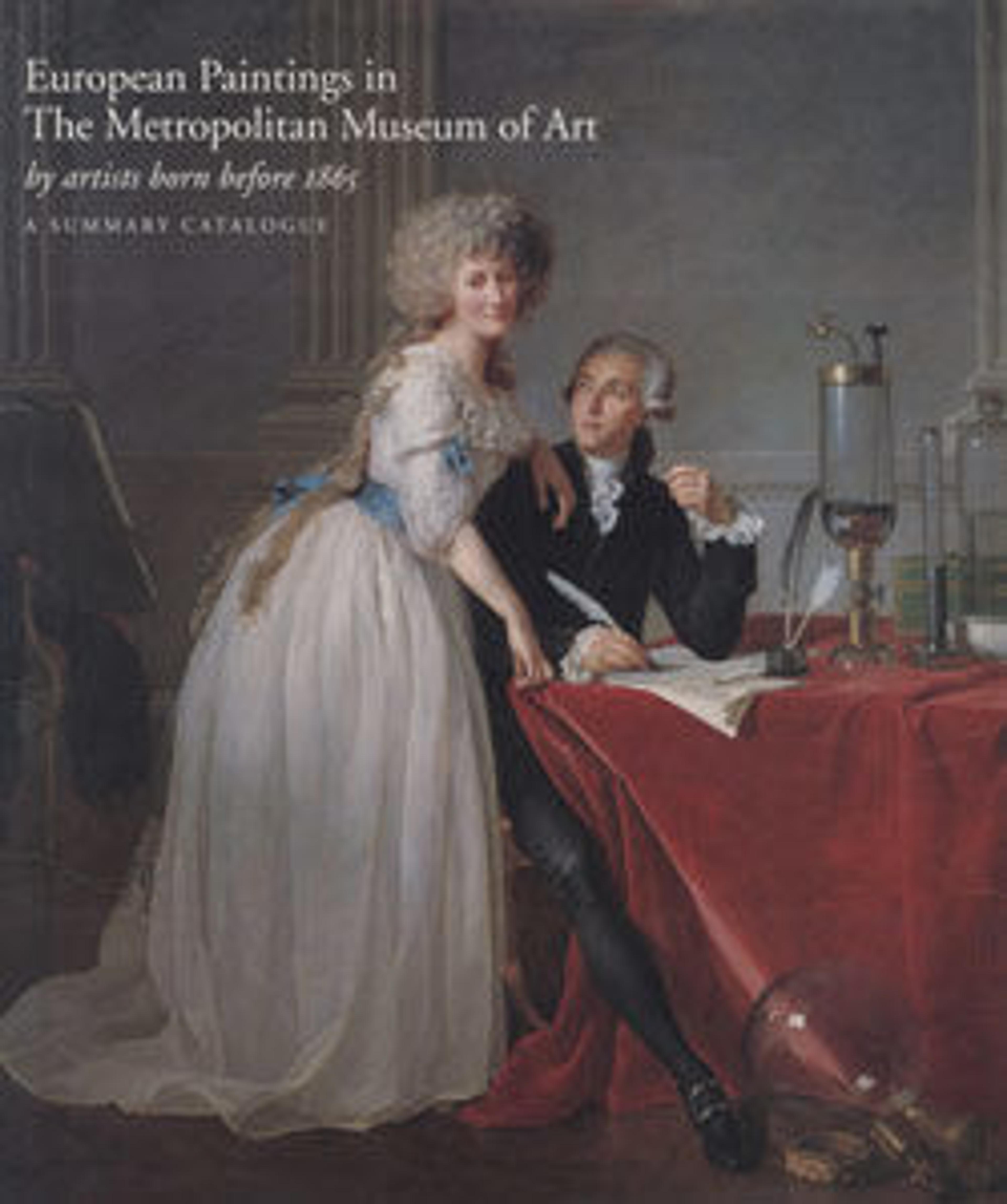Charity
Dandini largely continued a Florentine tradition of bold color contrasts and elegant, linear compositions. At least two Charity compositions are known by Dandini and his workshop, which frequently recycled the mother and child figures in other works in order to represent the Madonna and Christ. In Filippo Baldinucci’s biography of Dandini, he noted two paintings representing Charity with putti that remained unfinished in the artist’s workshop at his death, both completed by his brother, Vincenzo.
Artwork Details
- Title: Charity
- Artist: Cesare Dandini (Italian, Florence 1596–1657 Florence)
- Date: ca. 1630
- Medium: Oil on canvas
- Dimensions: 47 1/8 x 41 1/2 in. (119.7 x 105.4 cm)
- Classification: Paintings
- Credit Line: Gift of Mr. and Mrs. Ralph Friedman, 1969
- Object Number: 69.283
- Curatorial Department: European Paintings
More Artwork
Research Resources
The Met provides unparalleled resources for research and welcomes an international community of students and scholars. The Met's Open Access API is where creators and researchers can connect to the The Met collection. Open Access data and public domain images are available for unrestricted commercial and noncommercial use without permission or fee.
To request images under copyright and other restrictions, please use this Image Request form.
Feedback
We continue to research and examine historical and cultural context for objects in The Met collection. If you have comments or questions about this object record, please contact us using the form below. The Museum looks forward to receiving your comments.
